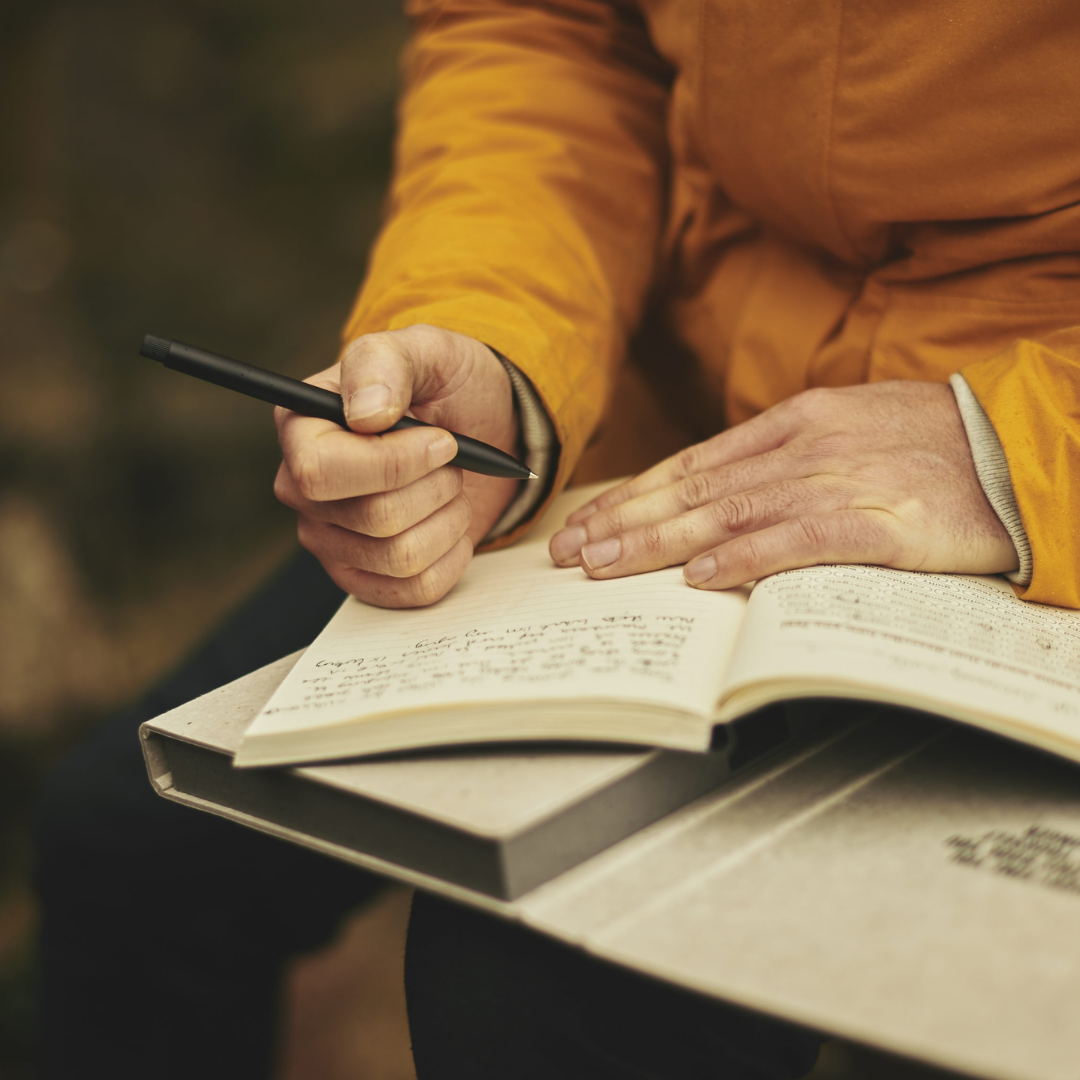Morocco, a land of vibrant souks, ancient medinas, and sweeping landscapes, holds a hidden gem for trekking enthusiasts: Jebel Saghro. Nestled between the High Atlas and the vast expanse of the Sahara Desert, this rugged mountain range offers an unforgettable adventure for those willing to traverse its arid paths. As someone who has always been enchanted by the less trodden trails, the allure of Jebel Saghro was irresistible.

The Journey Begins: Arrival and First Impressions
Our adventure began in the bustling city of Marrakech, a place where the old world meets the new in a chaotic yet harmonious dance. From here, we embarked on a journey southeast, leaving behind the throngs of tourists and the noise of the city. As we drove deeper into the Moroccan hinterland, the landscape began to change dramatically. Lush valleys gave way to rocky outcrops and vast, open spaces that seemed to stretch endlessly.
Our starting point was the small town of Nkob, a traditional Berber village surrounded by palm groves and overlooked by the imposing peaks of Jebel Saghro. The village itself felt like a step back in time, with its mud-brick houses and narrow winding streets. We spent the night in a local guesthouse, where the warmth and hospitality of the Berber people set the tone for the days ahead.

Day One: Into the Wilderness
The first day of trekking began early, the air still crisp and cool. Our guide, Hassan, a wiry Berber with a wealth of knowledge about the region, led the way. The path quickly ascended, and as we climbed higher, the views became increasingly spectacular. The mountains, with their stark, rugged beauty, stood in stark contrast to the flat plains below.
One of the most striking features of Jebel Saghro is its unique geological formations. Erosion has sculpted the landscape into a series of bizarre rock shapes, some resembling giant mushrooms, others like towering cathedrals. The most famous of these is the Bab n’Ali, or “Gates of Ali,” two massive rock pillars that rise dramatically from the desert floor. Standing in their shadow, one can’t help but feel a sense of awe at the forces of nature that created such wonders.
As we continued our trek, we encountered several nomadic Berber families. These hardy people live a traditional lifestyle that has changed little over the centuries. Their goat-hair tents and simple way of life are a testament to their resilience and adaptability. They welcomed us with smiles and offered us mint tea, a gesture of hospitality that is deeply ingrained in Moroccan culture.

Day Two: The Ascent and the Rewards
The second day of our trek was the most challenging, involving a steep ascent to the highest point of our journey, the Tizi n’Tazazert pass. The climb was arduous, the path often little more than a narrow ledge with a sheer drop on one side. But the effort was well worth it. From the summit, the panoramic views were nothing short of breathtaking. To the north, the snow-capped peaks of the High Atlas glistened in the sunlight, while to the south, the vast expanse of the Sahara stretched out like a golden sea.
After a brief rest at the summit, we began our descent into a deep, rocky valley. The landscape here was even more desolate, with little vegetation and an eerie silence that was both peaceful and unsettling. As the sun began to set, the rocks took on a warm, reddish hue, casting long shadows that added to the sense of isolation.

Day Three: The Oasis and Reflections
The final day of our trek brought us to one of the most beautiful spots in Jebel Saghro, the oasis of Igli. After days of trekking through dry, barren landscapes, the sight of palm trees and the sound of running water was like a balm for the soul. We spent the afternoon relaxing by the small river, the cool water a welcome relief for our tired feet.
As we sat in the shade, reflecting on our journey, I felt a deep sense of connection to this rugged, untamed land. Jebel Saghro is a place of stark contrasts and profound beauty, a place where the harshness of the environment is matched by the warmth and generosity of its people. It is a place that challenges you, both physically and mentally, but rewards you with experiences and memories that will last a lifetime.

Practical Tips for Trekking Jebel Saghro
For those considering a trekking in Jebel Saghro, here are a few practical tips:
- Timing: The best time to visit is between October and April, when the weather is cooler. The summer months can be unbearably hot.
- Guide: Hiring a local guide is highly recommended. Not only will they navigate the often unmarked trails, but they will also provide invaluable insights into the local culture and landscape.
- Gear: Make sure to bring sturdy hiking boots, plenty of water, sun protection, and a good quality sleeping bag if you’re camping. The nights can get surprisingly cold.
- Fitness: The trek can be physically demanding, so a reasonable level of fitness is required. Be prepared for steep ascents and descents.
- Respect: Show respect for the local culture and environment. Take your trash with you, and be mindful of the fragile ecosystem.
Conclusion: The Heartbeat of the Mountains
Trekking through Jebel Saghro is more than just a physical journey; it’s a journey into the heart of Morocco, into a land where time seems to stand still. It’s an opportunity to disconnect from the modern world and reconnect with nature and oneself. As I left the mountains behind and returned to the bustle of Marrakech, I carried with me not just the memories of stunning landscapes and challenging trails, but a profound appreciation for the enduring spirit of the Berber people and the timeless beauty of their homeland.









